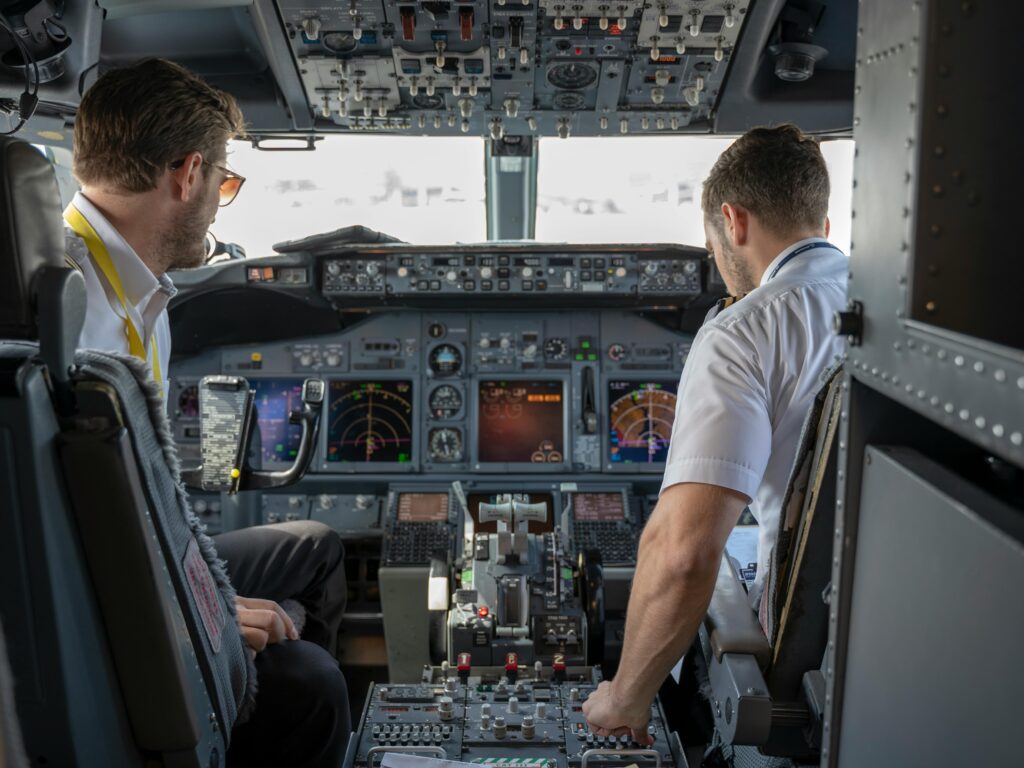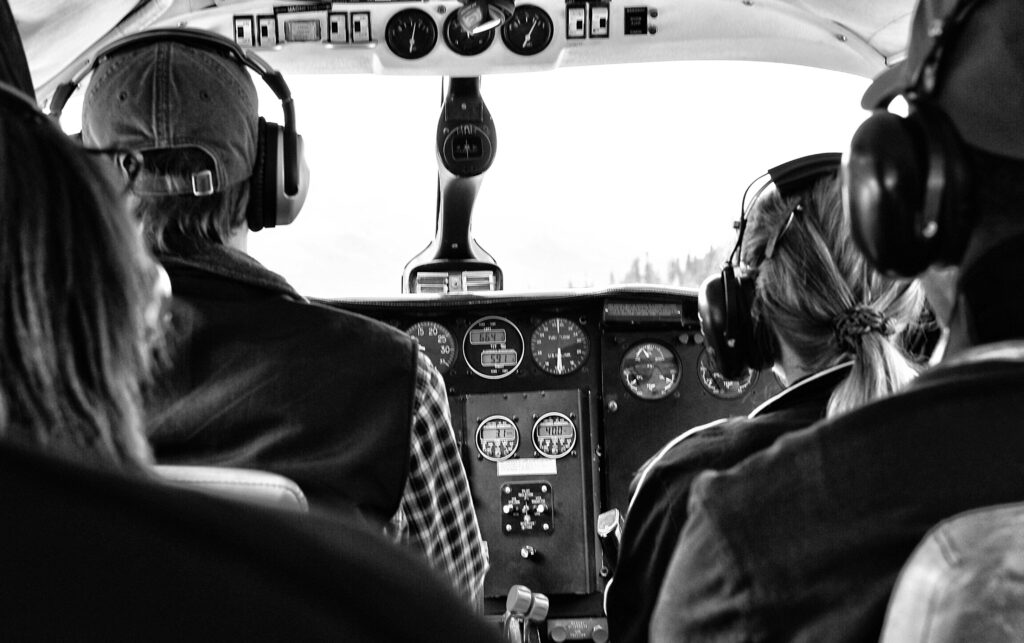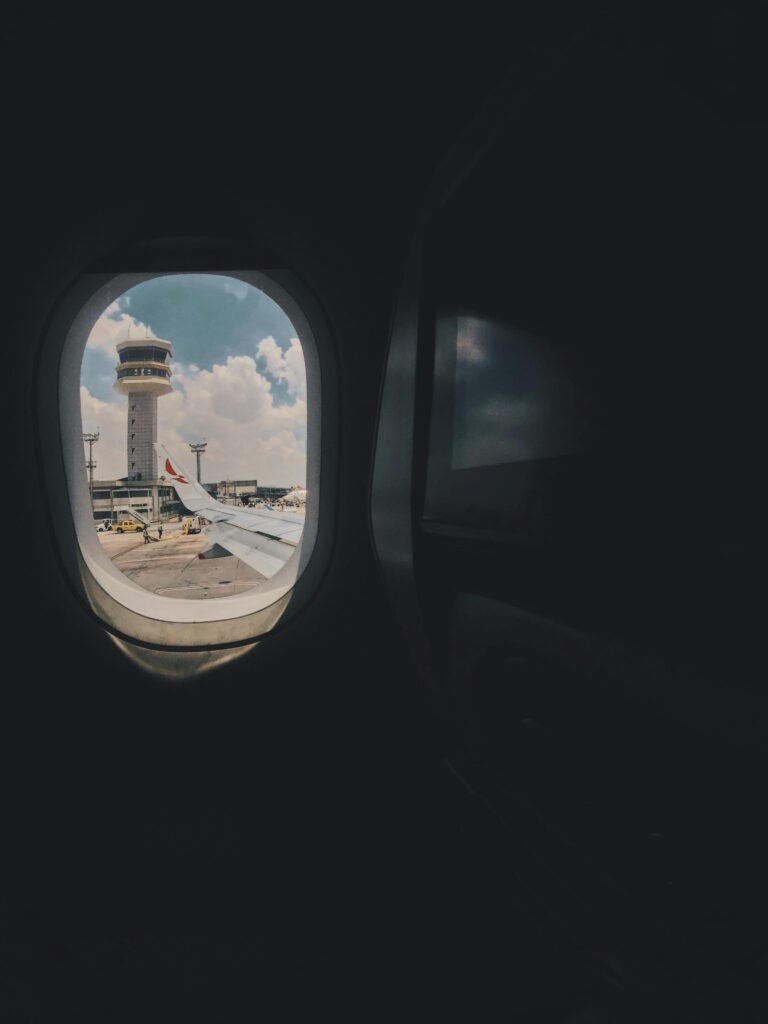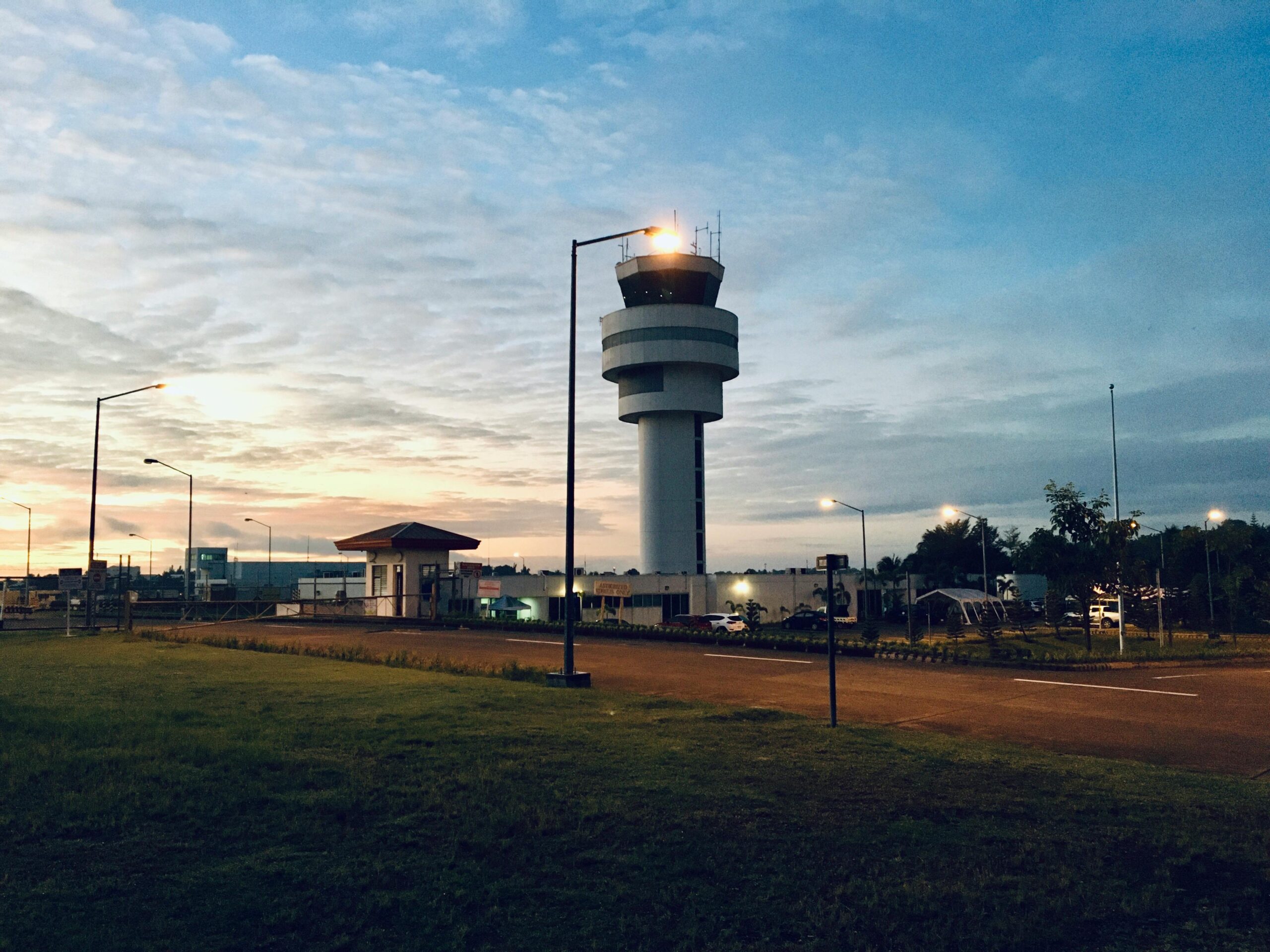On May 4, 2025, veteran air-traffic controller Jonathan Stewart faced every controller’s worst nightmare: two aircraft climbing toward the same altitude, on collision courses over Newark, New Jersey. Working at the Philadelphia Terminal Radar Approach Control (TRACON) facility, Stewart spotted the convergence just seconds before it would have been too late. With split-second precision, he issued escape vectors to both pilots, guiding them apart—and averted what could have been a disaster with hundreds of casualties. Now, shaken by the incident, Stewart has stepped forward to expose the chronic understaffing, aging technology, and extreme stress that he says threaten both controllers and passengers alike.

A Near-Miss Over Newark
- The Incident: A business jet departing Morristown Municipal Airport and a small corporate plane climbing out of Teterboro Airport found themselves at the same altitude in Newark’s congested approach corridor.
- Stewart’s Response: Noticing the overlap on his radar screen, Stewart immediately radioed each crew to turn opposite directions and adjust altitude. Within 30 seconds, both aircraft were safely separated by over 3 miles horizontally and 1,000 feet vertically.
- Aftermath: Although radar and conflict-alert systems flagged the danger, a momentary equipment glitch forced Stewart to rely on manual plotting. The stress of that “paper-and-pencil” backup—even as airliners zipped below 10,000 feet—left him shaken. He’s now on trauma leave, calling for system-wide reforms.
The Human Toll of Understaffing and Outdated Tech
- Controller Shortage: The Federal Aviation Administration (FAA) currently needs roughly 3,000 more certified controllers nationwide. Many facilities run understaffed, forcing veterans like Stewart into mandatory overtime shifts that stretch beyond safe limits.
- Aging Radar Infrastructure: Key TRACON radars date back decades. Intermittent outages and maintenance delays force controllers to “hand-plot” aircraft positions—slowing response times and increasing mental workload.
- Stress and Burnout: Controllers operate under constant pressure: at any moment they manage up to 100 aircraft in their sector, and a single missed call can have fatal consequences. Stewart “didn’t want to be responsible for killing 400 people,” he told reporters, underscoring the personal burden these professionals carry.
Stewart’s Call for Change
- Public Testimony: Breaking from the usual “closed-door” culture, Stewart has given on-the-record interviews to the Wall Street Journal and congressional staff, demanding transparency from FAA leadership.
- Mental-Health Support: He advocates for mandatory post-incident counselling, expanded peer-support networks, and trauma-leave policies that recognize controllers’ unique stresses.
- System Modernization: Stewart backs Transportation Secretary Sean Duffy’s proposed multibillion-dollar overhaul—replacing legacy radars, rolling out fiber-optic data links, and deploying the latest Standard Terminal Automation Replacement System (STARS) hardware.
Broader Industry Implications
- National Safety Concerns: The National Transportation Safety Board (NTSB) is reviewing the incident as part of its mandate to investigate all potential midair collisions. Their findings may trigger new FAA directives on staffing ratios and equipment redundancy.
- Union vs. Management: While the National Air Traffic Controllers Association (NATCA) has long warned of the risks of chronic overtime, the FAA has been slow to recruit and train new controllers, citing budget cuts and training bottlenecks.
- Remote Tower Trials: As a stopgap, the FAA is piloting remote-tower technology—using cameras and sensors to manage smaller airports from centralized centers. Proponents say this can free up live controllers for busier facilities.

Why This Matters to You
Every time you board a flight, a team of unseen professionals works to keep your path clear of conflicts. Stewart’s story shines a light on the hidden challenges of air-traffic control—where technology gaps and staffing shortfalls can turn routine shifts into life-or-death scenarios. His decision to speak out reminds us that aviation safety isn’t just steel and fuel; it’s human expertise under pressure.
Frequently Asked Questions
Q: How do controllers normally detect potential collisions?
A: Modern radar systems with Traffic Alert and Collision Avoidance System (TCAS) detection highlight conflicts on screen. Controllers then issue “traffic advisories” and “resolution advisories” to pilots.
Q: What is TRACON and how is it different from a control tower?
A: TRACON centers manage departing and arriving flights within about a 50-mile radius and up to 10,000 feet. Control towers handle takeoff, landing, and ground movements at individual airports.
Q: Why are so many controllers leaving the profession?
A: High stress, mandatory overtime, and early mandatory retirement (at age 56) contribute to turnover. Recruiting and training new controllers can take up to three years.
Q: What is STARS and how will it help?
A: The Standard Terminal Automation Replacement System is the FAA’s next-generation display and coordination platform, offering faster data processing and more reliable conflict alerts.
Q: Can any technology fully replace human controllers?
A: While automation assists with monitoring and routine calls, human judgment remains essential for complex traffic scenarios and unexpected equipment failures.
Q: How can passengers support controller safety?
A: Advocate for robust FAA funding in your congressional district, support policies that limit mandatory overtime, and recognize controllers’ critical role by speaking up in travel-safety forums.
Q: Are there international models for ATC staffing?
A: Some European countries mix civilian and military controllers, offering different retirement ages and staffing ratios. Studies suggest a 1:1.1 controller-to-aircraft ratio optimizes safety and workload.
Q: What mental-health resources exist for controllers?
A: NATCA’s Employee Assistance Program provides confidential counselling, and some facilities contract trauma-response teams for post-incident debriefings.
Q: How long after an incident do controllers return to work?
A: Policies vary, but many require at least a week of “quiet duty” or administrative assignments before full operational shifts—although stress can persist much longer.
Q: Will Stewart’s disclosures change FAA policy?
A: His testimony has already accelerated promised radar upgrades and pushed Congress to consider legislation capping mandatory overtime. Continued public attention may drive further reforms.
Jonathan Stewart’s bravery saved lives on that May day. His voice now reminds all of us that safety in the skies depends not only on aircraft and runways but on the people guiding them—people who deserve the tools, staffing, and support to do their jobs without fear.

Sources The Wall Street Journal


